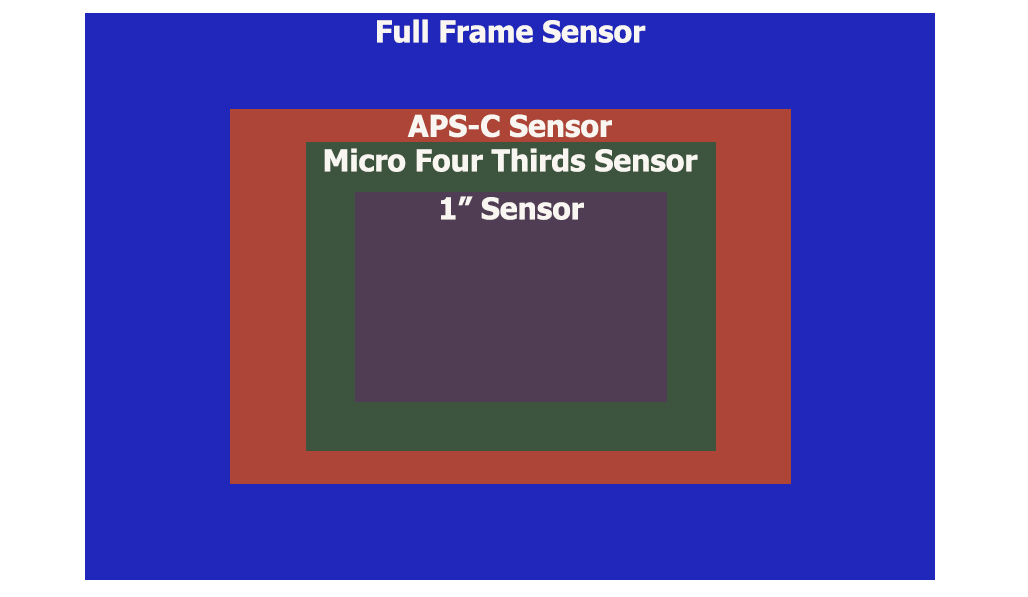

- Micro four thirds sensor vs aps c manual#
- Micro four thirds sensor vs aps c full#
- Micro four thirds sensor vs aps c professional#
Brands like Canon, Nikon, and Sony produce excellent mirrorless cameras, each with their respective range of compatible lenses. Mirrorless cameras, a newer technology, are becoming increasingly popular due to their compact size, lighter weight, and superb image quality. Whether you’re using a digital SLR or mirrorless camera, a good portrait lens is indispensable.

It provides longer focal lengths, ideal for compressing facial features and isolating the subject from the background. One common zoom lens for portraits is the 70-200mm f/2.8. They provide various focal lengths allowing you to quickly adjust your composition without physically moving closer or further from your subject. Zoom lenses, on the other hand, are incredibly versatile. Prime lenses also often produce sharper images and perform better in low-light situations than zoom lenses. The advantage of a prime lens, like the 85mm f/1.8, is its wide maximum aperture that allows you to create images with a shallow depth of field, putting the subject in sharp focus while blurring the background. Usually, portrait lenses come in the form of prime lenses, which have a fixed focal length, or zoom lenses, which offer a range of focal lengths. The focal length refers to the distance between the lens and the image sensor when the subject is focused.
Micro four thirds sensor vs aps c professional#
These lenses, often used by professional portrait photographers, offer a focal length and maximum aperture that provides a flattering perspective and an appealing shallow depth of field.
Micro four thirds sensor vs aps c full#
Micro four thirds sensor vs aps c manual#
Lightdow 85mm F1.8 Manual Focus Full Frame Portrait Lens for Nikon.Panasonic LUMIX G Lens for Micro Four Thirds Cameras.BALITY APS C Z Mount Sensitive 56mm F1.4 Portrait Lens.Nikon AF-P DX NIKKOR 18-55mm f/3.5-5.6G VR Lens for Nikon DSLR Cameras.



 0 kommentar(er)
0 kommentar(er)
